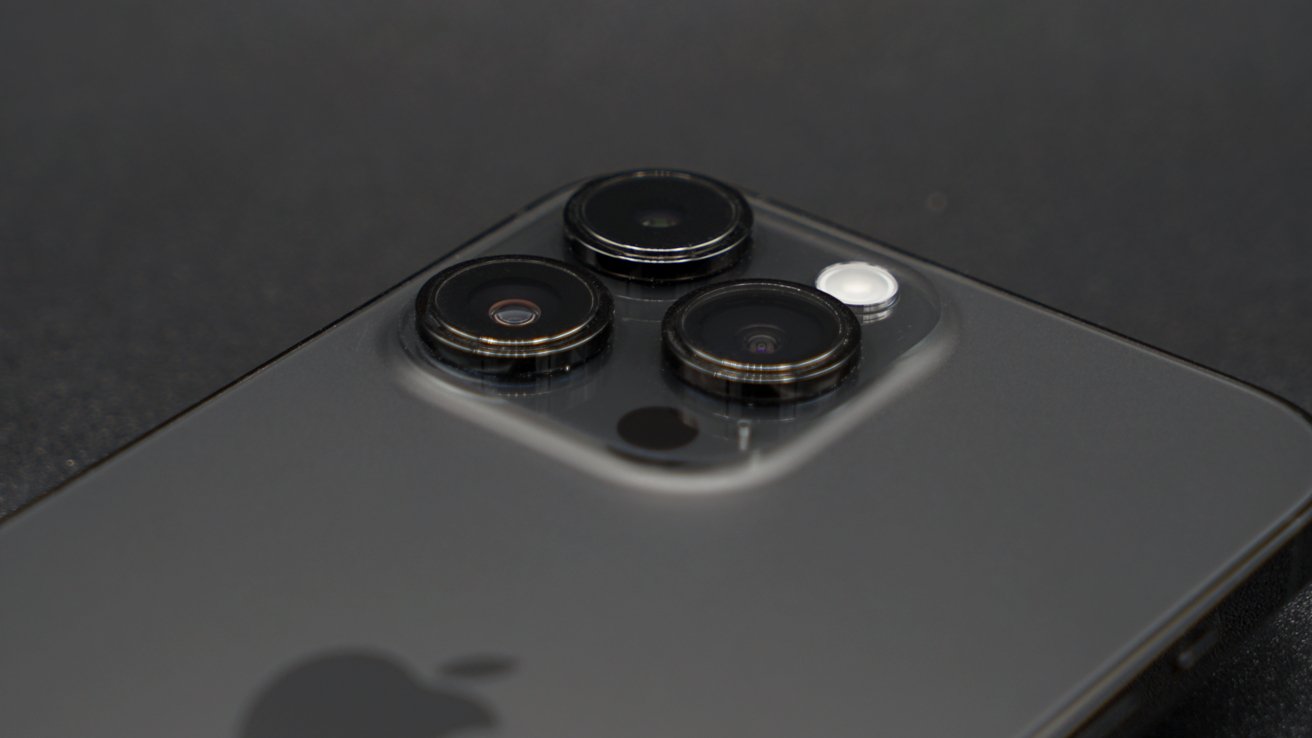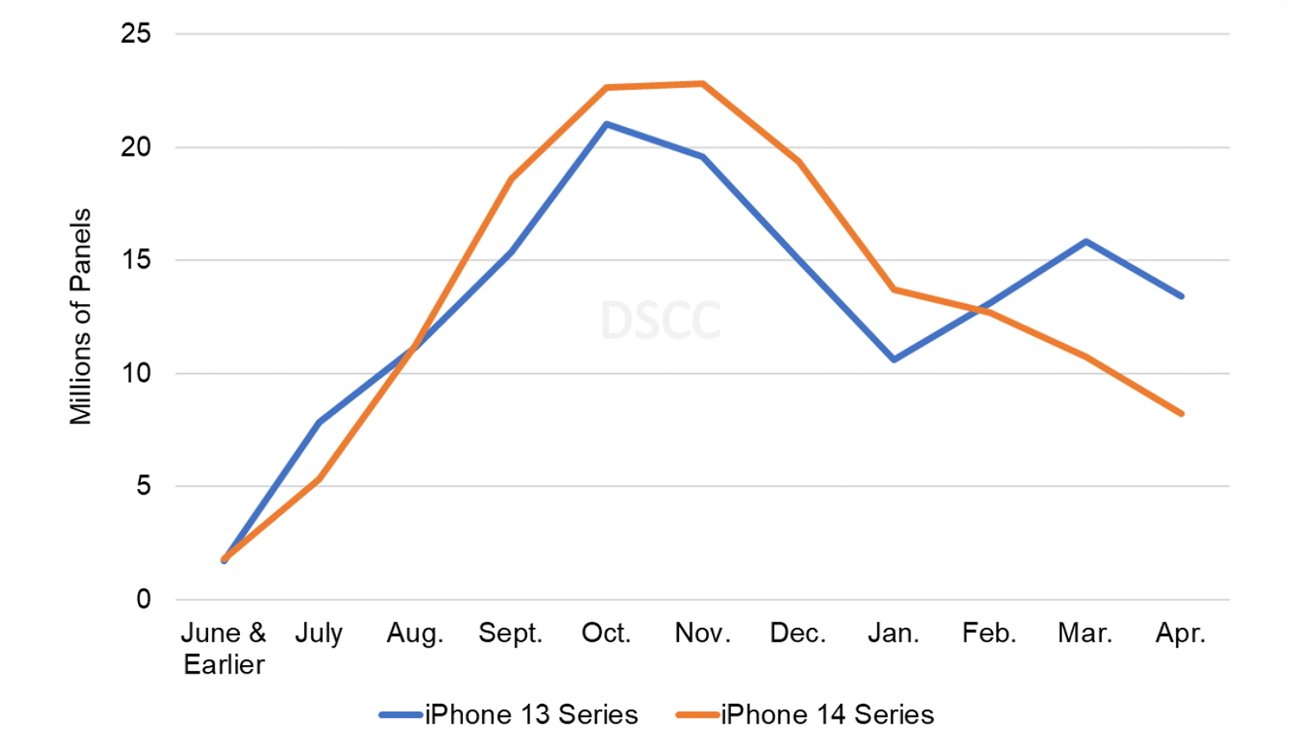iPhone display orders decline YoY

AppleInsider may earn an affiliate commission on purchases made through links on our site.
A display shipment report from Apple's supply chain shows iPhone 14 display orders decreased sharply when compared to the iPhone 13 in the same timeframe.
The iPhone 14 release cycle has seen a lot of turbulence thanks to initial supply issues and waning demand into 2023. Despite that, the more expensive pro models are driving sales as customers seek to upgrade.
According to a report from Display Supply Chain Consultants, the iPhone 14 series has seen a 39% decline in display orders versus the iPhone 13 through April, year-over-year. Display orders were also down 23% from March to April for the iPhone 14 series.
The report attributes these declines to industry inventory corrections, macroeconomic headwinds, inflationary pressures, and softening demand. The demand outlook also remains weak since Apple guided the March quarter will remain similar to the December quarter.
Breaking down the supply chain report by model shows the iPhone 14 Pro and iPhone 14 Pro Max panel shipments are outperforming the iPhone 13 Pro models by 22% and 23%, respectively. This is due to the higher demand for those models thanks to the improved feature set.
One interesting pull from this data is the iPhone 13 mini versus iPhone 14 Plus. Display shipments for the newer plus model are up 59% by comparison, indicating more demand for that model versus the iPhone 13 mini.

Outside of the macroeconomic conditions and supply chain issues, the first half of the year tends to show weaker demand for iPhones. Sales are usually boosted by Chinese New Year in the first quarter, and a new color released in the second quarter. However, the overall trend for that first half is downward.
Also, individual component shipment information, like what is provided by this report, only provides a snippet of detail. Component orders and product demand may be correlated but not always direct indicators of each other.
For example, if a single supplier sees fewer orders from Apple for a specific component, the supplier might see that as a decrease in demand. What may actually be the case is that Apple could have filled its inventory for that component.
However, it can be useful to gauge trends using supply chain data. Other sources have reported similar trends in iPhone sales and the high demand for pro models.